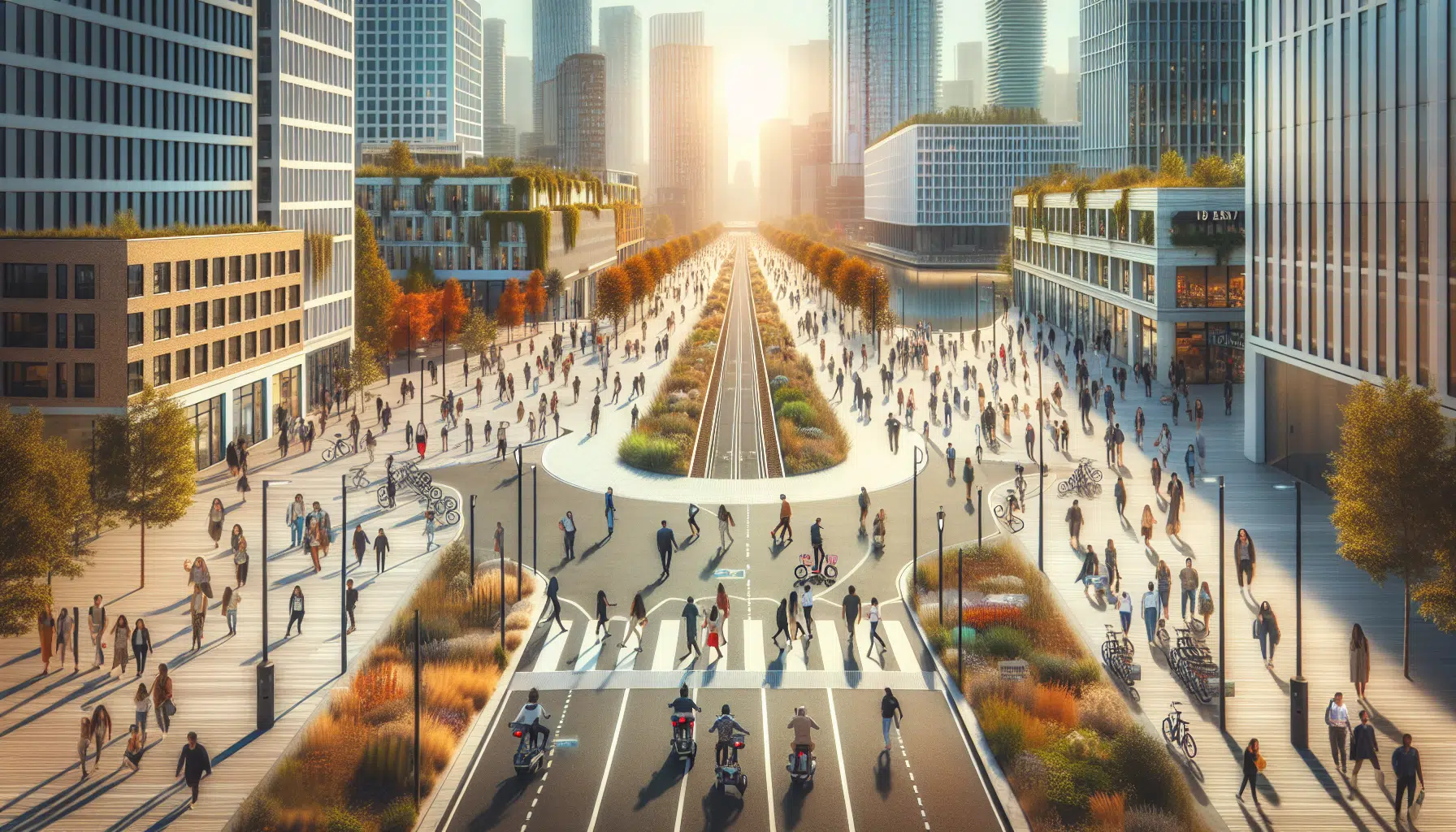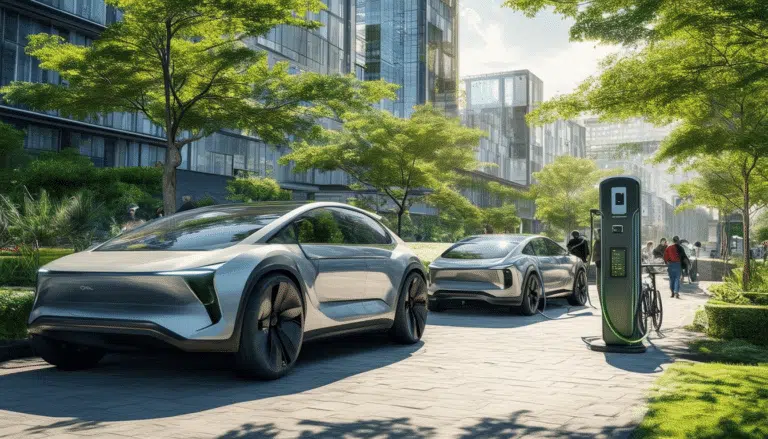Caminar hacia el futuro: el rol vital de la movilidad peatonal en las ciudades de 15 minutos

“Dive into the fascinating world of urban mobility; discover how the simple act of walking can transform our cities into more sustainable, efficient, and human spaces on our journey towards the coveted 15-minute cities.”
From urban planning to pedestrian practice

Urban planning and pedestrian mobility
Pedestrian mobility and its planning is an increasing concern in our cities, especially in a world where sustainability and living in healthy environments are highly relevant issues.
In designing an urban environment aimed at improving pedestrian mobility, it is vital to have a planning strategy that combines the needs of citizens with a focus on efficiency and sustainability. Some cities, such as Granada, are already implementing specific plans to improve these aspects [1]. Additionally, entities like the Generalitat de Catalunya provide guides and resources [2] to assist in this effort.
The pedestrian practice and its challenges
As for pedestrian practice, the challenges can vary, as they involve a range of dimensions from psychogeography to road safety. In this sense, it is important to address both the perception pedestrians have of their environment and their relationship with traffic and other actors of urban mobility.
A direct collaborative effort with citizens can help shape urban environments with the goal of making them more accessible and safe for pedestrians. For this, urban interventions can be carried out that reorganize public space, improve crossings, widen sidewalks, and offer alternatives to reduce car use.
Pedestrian mobility: a tool for transformation
Pedestrian mobility can become a valuable tool for the transformation of our cities. Establishing urban environments that facilitate pedestrian mobility implies reimagining the city from a human and sustainable perspective.
Promoting pedestrian mobility is also an effective means to improve the health of citizens, reduce pollution, and contribute to the fight against climate change. Moreover, it can enhance a sense of community by generating more friendly, accessible, and safe public spaces.
Finally, promoting efficient and safe pedestrian mobility is a challenge that requires appropriate planning and management strategies, as well as a deep reflection on how we want to live and move in our cities. Undoubtedly, it is a challenge we must face with our sights set on the sustainable future we aspire to.





